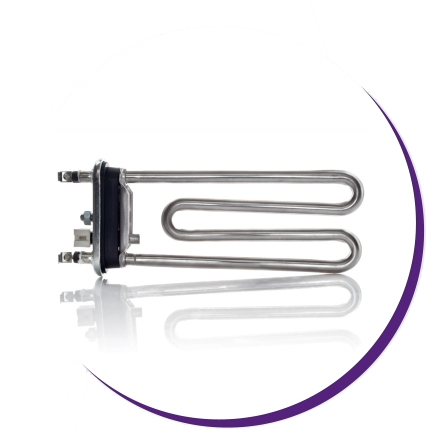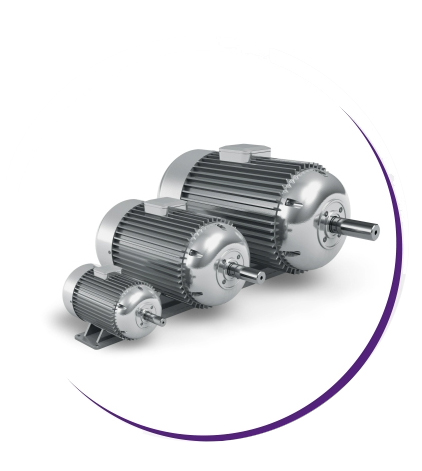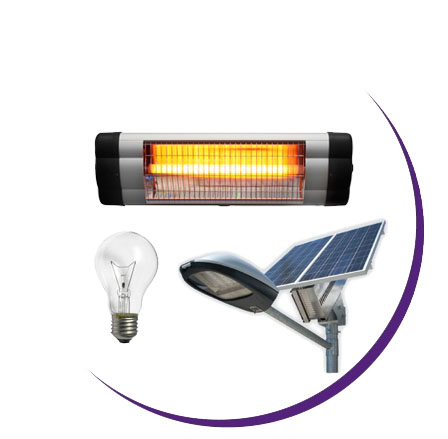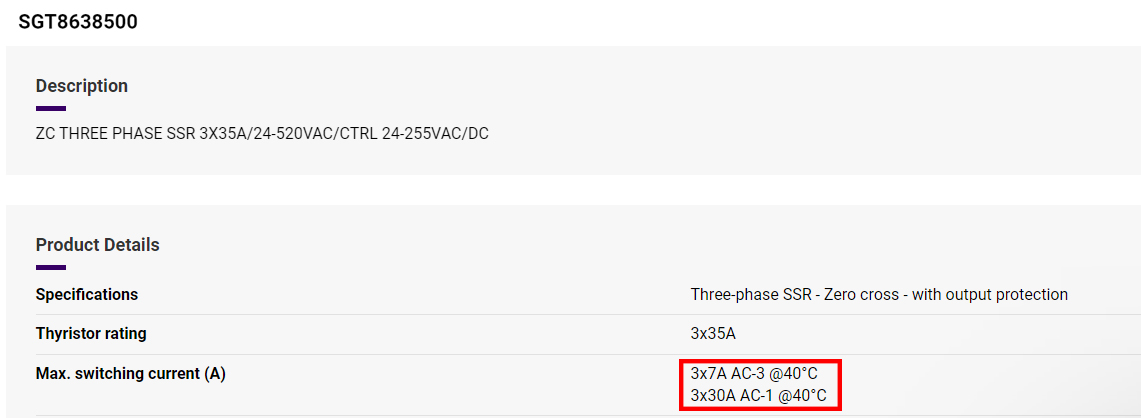Blog - TECHNICAL TIPS & TRICKS - Solid State Relays - IEC 60947 Series : Utilization Categories
 Utilization categories for Solid State Relays & Contactors ?
Utilization categories for Solid State Relays & Contactors ?It is necessary to select the correct rating of switchgear or controlgear for any application. Therefore, during selection, it is necessary to know the characteristics of the load. The International electrotechnical commission in their standard for low voltage switchgear (IEC 60947) as well as in their standard for safety requirements for Solid State Relays (IEC 62314) has defined utilization categories to simplify the selection of devices.
The standard utilization categories define the nominal current values for relays and contactors.
They depend on the following:
Electrical systems often involve loads being switched on and off for operation of equipment. When designing a system that is switching an electrical load it is important to choose the correct component that will switch the load on.
In order to select the proper component for the application, it is first necessary to determine the operating characteristics of the load to be controlled. As an example, for a normal resistance load, the starting current in cold conditions is x 1,4 the nominal current. On the other hand, some applications, such as motors, can consume many times the rated operating current during the phase when they are switching on and accelerating.
For a simplified device selection, the International Electrotechnical Commission (IEC) defined several utilization categories. Utilization categories are defined in the standards for low-voltage switchgear This makes the selection of appropriate Solid State Relays much simpler, and ensures the maximum safety of electrical equipment so it doesn’t overload.
The Relevant IEC product standard for Solid State Relays & Contactors are :
–IEC 60947-4-2 : Semiconductor motor controllers and starters
–IEC 60947-4-3 : AC semiconductor controllers and contactors for non motor loads
–IEC 62314 :2022 : Solid-state relays – Safety requirements



The commonly used utilization categories in our technical documentation are AC-1 and AC-3 but you will find the complete list at the bottom.
AC-1 (previously AC-51)
This category applies to all AC loads where the power factor is more than 0.95. These are primarily non-inductive or slightly inductive loads, such as resistive loads.
AC-3 (previously AC-53)
This category applies to squirrel cage motors with breaking during normal running of the motor.
On closing, the SSR makes the inrush current, which is about 8 times the rated full load current of the motor. On opening, the SSR breaks the rated full load current of the motor.
The rating for this category is usually lower than AC-1 because of high inrush current switching.
AC-1 Non-inductive or slightly inductive loads; resistance furnaces
AC-2 Slip-ring motors: starting, switching off
AC-3 Squirrel-cage motors: starting, switching off motors during running
AC-4 Squirrel-cage motors: starting, plugging, inching
AC-5a Switching of electric discharge lamp controls
AC-5b Switching of incandescent lamps
AC-6a Switching of transformers
AC-6b Switching of capacitor banks
AC-8a Hermetic refrigerant compressor motor control with manual resetting of overload releases
AC-8b Hermetic refrigerant compressor motor control with automatic resetting of overload releases
DC-1 Non-inductive or slightly inductive loads
DC-3 Shunt-motors
DC-5 Series-motors
IEC 62314:2022 cancels and replaces the first edition published in 2006. This edition constitutes a technical revision and includes significant technical changes in the load categories with respect to the previous edition.
Alternating current Loads :
LC A Non-inductive or slightly inductive loads
LC B Motors
LC C Electric discharge lamp
LC D Incandescent lamps
LC E Transformers
LC F Capacitives Loads
LC G Self-ballasted lamp load
Direct current Loads :
LC N Control of resistive DC loads and photocoupler isolated static DC loads
LC O Control of direct current electromagnets
LC P Control of direct current electromagnets having saving resistors in the circuit
LC Q DC motor direct start
LC R Direct current incandescent (tungsten) lamps
All our Solid State Relays & Contactors are characterized by the utilization category together with the rated operational voltage and current indicated.
Therefore, in our data-sheets we specify both AC-1 and AC-3 rated currents for products suitable for all kinds of loads.
For example, if we declare that a Solid State Contactor has an AC-3 rated current of 16A at 400V means that this contactor can control motors with a maximum rated current of 16A at 400V (when mounted on a proper heatsink). The standard requires a long series of tests to confirm the conformity of the product to the control of such motors.

When non-specified, celduc’s SSRs current rating given are based on the AC-1 rating. For maximum nominal current value for other loads, please refer to our technical data-sheet.
The two main types of ratings that are used for Solid State Relays & Contactors are AC-1 / LC A and AC-3 / LC B.
AC-3 rating should be used for inductive loads. The AC-3 rating is always lower than the AC-1 rating and if the application is not known this rating should always be used. The second type of rating is AC-1, which is always higher than the AC-3 rating and is used for resistive loads and is most often related to heating applications.
Well knowing which rating you need can simplify our SSR selection and you should check in our data-sheets whether the rating is for AC-1 or AC-3. Furthermore, some of our products are suitable for all kinds of loads, and others are dedicated to AC-1 resistive loads.